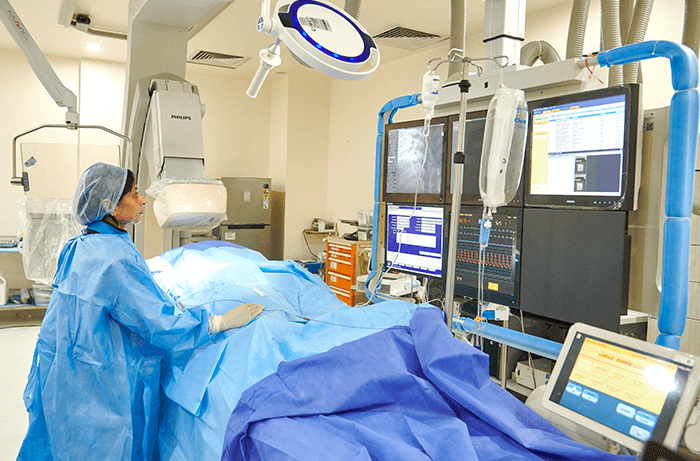×
Select Your Country
 International
International

×
Select Your Country
 International
International


Voice Prosthesis Surgery for CA Larynx
A voice prosthesis is the most common way to restore speech after a total laryngectomy surgery to remove your whole voice box. This is usually the result of laryngeal cancer when cancer starts in the voice box (larynx). It is a rare type of head and neck cancer. Tracheo oesophageal puncture (TEP) is the most common way to restore speech after surgery to remove your larynx (laryngectomy).
Why choose Manipal Hospitals
Our Head and Neck cancer unit sports a team of onco surgeons distinguished in their domain of treating the expansive range of head and neck cancers. Advanced diagnostic and radio imaging technology empowers them with the right amount of data to map these complex procedures including voice prosthesis after laryngectomy.
Solutions of Voice Prosthesis surgery
The voice prosthesis is a valve that allows you to make sounds by pushing air from your lungs through the valve and up into your mouth. In this surgery, the surgeon makes a tiny hole called a fistula at the back of your stoma or opening on the abdomen. The hole creates an opening between your windpipe and food pipe. A tube (catheter) maybe inserted into the hole to keep it open or maybe a small valve (voice prosthesis) during the operation.
Complexities of Voice Prosthesis surgery
Some of the risks entail allergic reactions to medicines, breathing difficulty, infection, bleeding, aspiration, failure of the prosthesis, injury to the trachea (windpipe) or esophagus, or even complications from anesthesia .
Number of cases
The Head and Neck cancer division has performed close to a lakh voice prosthesis surgery in head and neck cancer patients from all over the world.
Success of Voice Prosthesis surgery
According to data, success rates range from 50% to 90%, and the results of surgical rehabilitation by means of voice prostheses are, on the average, better than rehabilitation by esophageal speech, with a success rate of 33%.
Infection control protocol
Post operative care after a voice prosthesis surgery is crucial in determining the rate of recovery. And when the chances of infections are less, recuperation happens at a faster pace. Manipal Hospital takes pride in its stringent infection control protocol that galvanises quicker rate of recovery among head and neck cancer patients.